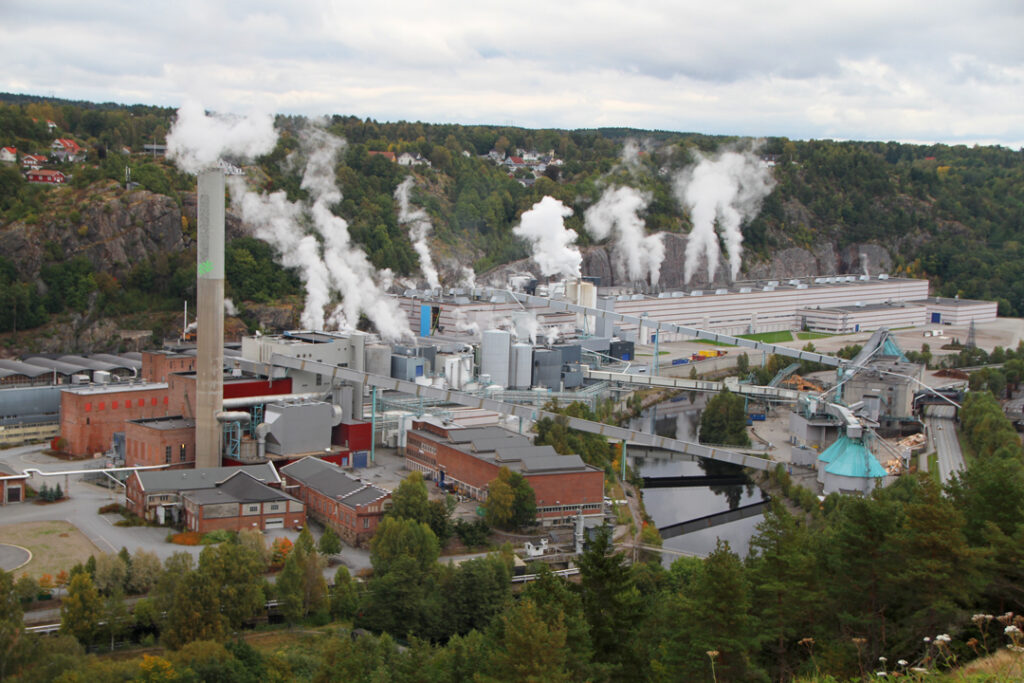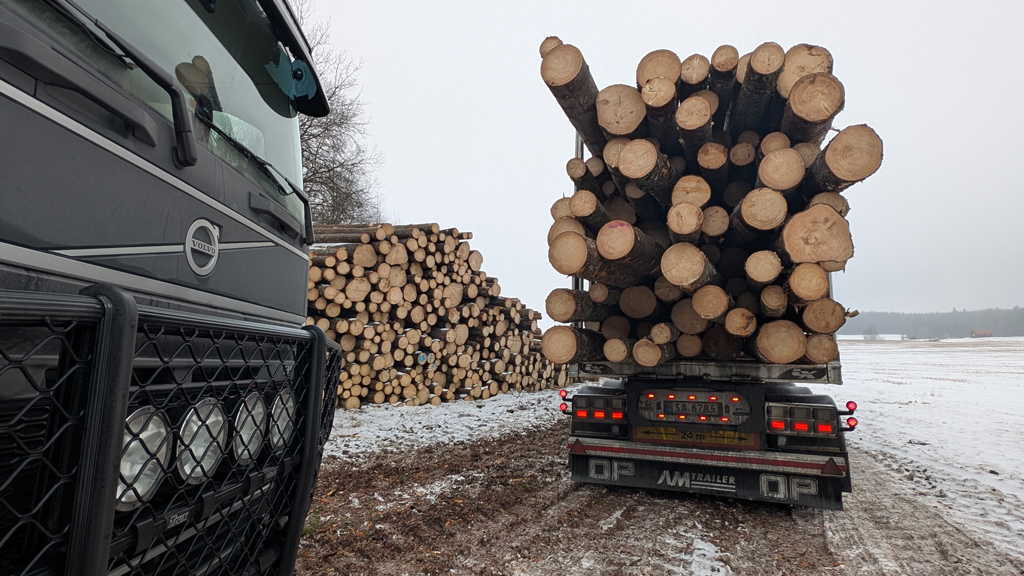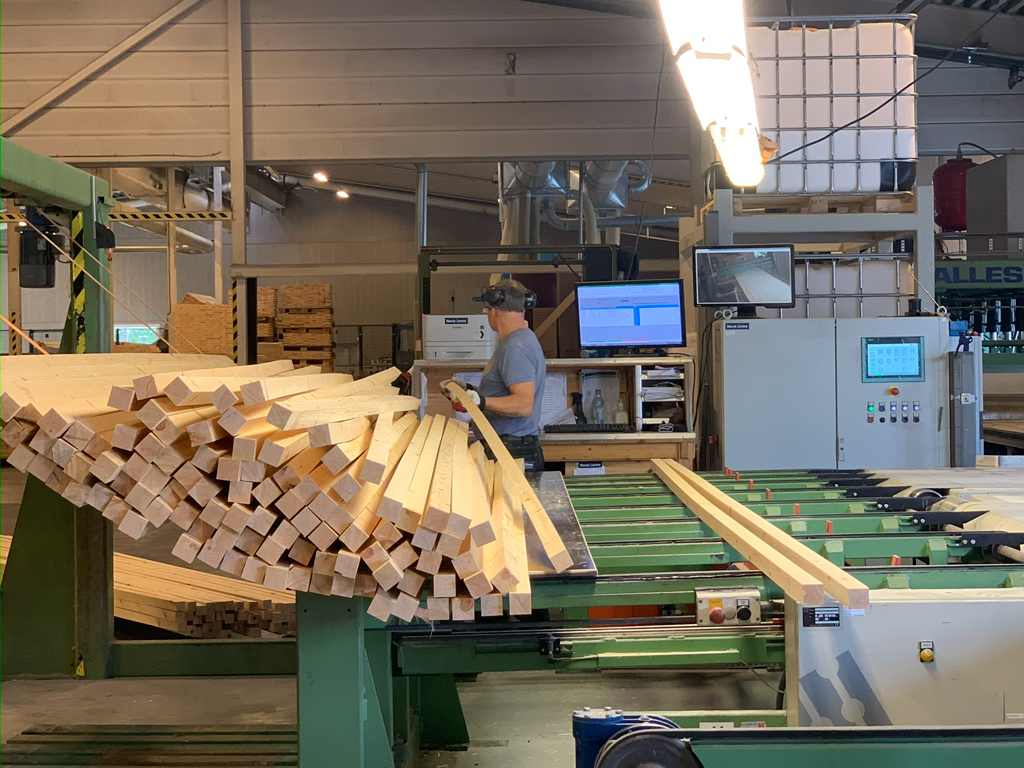Landbruket bruker rundt 200 000 tonn soyamel i året til produksjon av kraftfôr, mens lakseoppdretterne bruker nærmere 300 000 tonn såkalt soyaproteinkonsentrat (SPC). Og det aller meste av dette kom- mer fra Brasil.
Et viktig motiv for forskningen på fôr fra trevirke er behovet for å finne en lokal og bærekraftig proteinkilde, til erstatning for soyaimporten. Framtiden i våre hender (FIVH) har kartlagt bruken av soya i Norge og laget en rapport. Her framgår det at bruken av soyamel har vært stabil i landbruket de siste ti årene, mens oppdrettsnæringen fak- tisk har redusert med rundt 100 000 tonn siden 2015. Det er såkalt hvetegluten som erstatter soya i denne næringen, dette pro- teinholdige melet importeres hovedsakelig fra Belgia og Frankrike.



